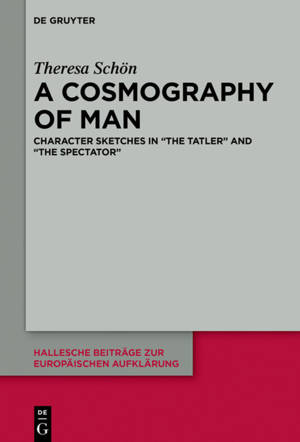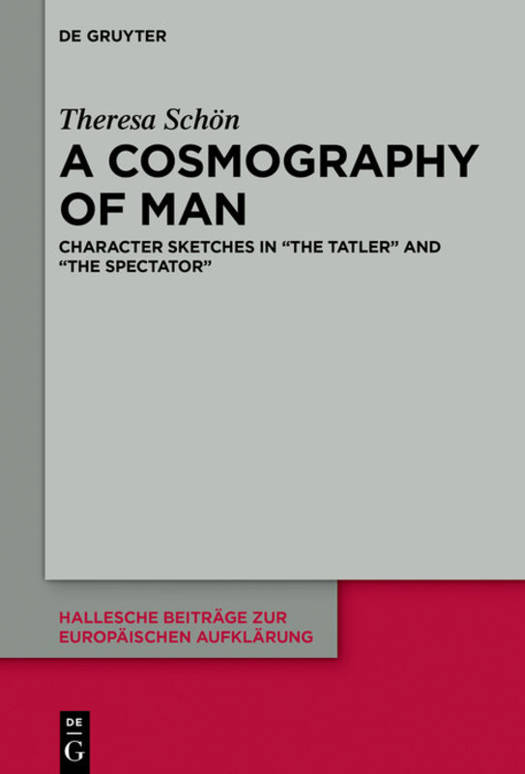
- Retrait gratuit dans votre magasin Club
- 7.000.000 titres dans notre catalogue
- Payer en toute sécurité
- Toujours un magasin près de chez vous
- Retrait gratuit dans votre magasin Club
- 7.000.0000 titres dans notre catalogue
- Payer en toute sécurité
- Toujours un magasin près de chez vous
Description
Designed to reform contemporary British society, Joseph Addison and Richard Steele's The Tatler (1709-1711) and The Spectator (1711-1712, 1714) rely heavily on the representation of contemporary manners. In shaping such behavioural images, the authors made use of the satirical character sketch. Their character sketches (re)create social interactions between fictionalised representatives of moral types of men and women located in contemporary London. This study examines how Addison and Steele employed the character sketch to create a 'cosmography' of (wo)man by actively engaging with the observational approaches of contemporary naturalists. Addison and Steele adapted distinctly empirical methods (e.g. induction and deduction, note taking, repeated and collective observation) and appropriated the (medico-legal) case study to communicate and disseminate socio-moral knowledge. At the same time, the character sketch served them as a means to establish a taxonomic order of the socio-moral knowledge conveyed in the texts. The study sheds new light on the literary techniques and the methodological frameworks of two journals essentially associated with the British - and the European - Enlightenment.
Spécifications
Parties prenantes
- Auteur(s) :
- Editeur:
Contenu
- Nombre de pages :
- 356
- Langue:
- Anglais
- Collection :
- Tome:
- n° 61
Caractéristiques
- EAN:
- 9783110611137
- Date de parution :
- 20-01-20
- Format:
- Livre relié
- Format numérique:
- Genaaid
- Dimensions :
- 160 mm x 231 mm
- Poids :
- 635 g

Les avis
Nous publions uniquement les avis qui respectent les conditions requises. Consultez nos conditions pour les avis.






